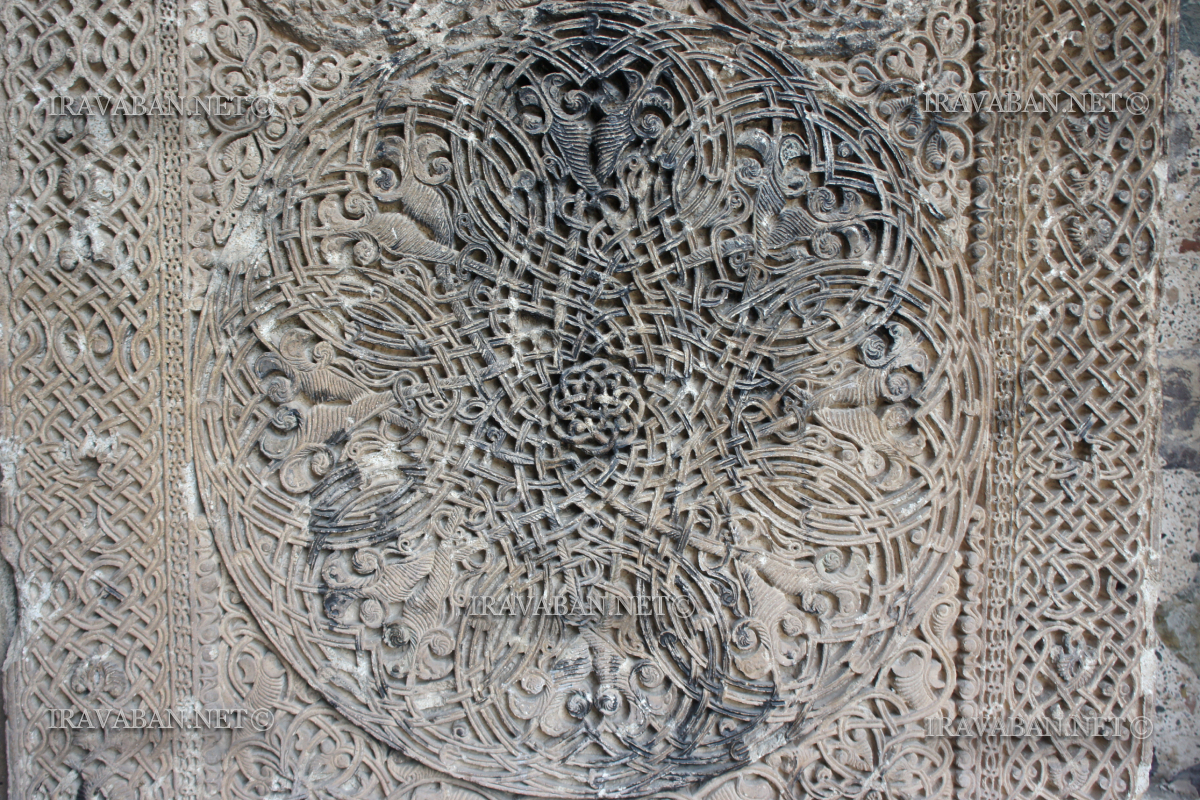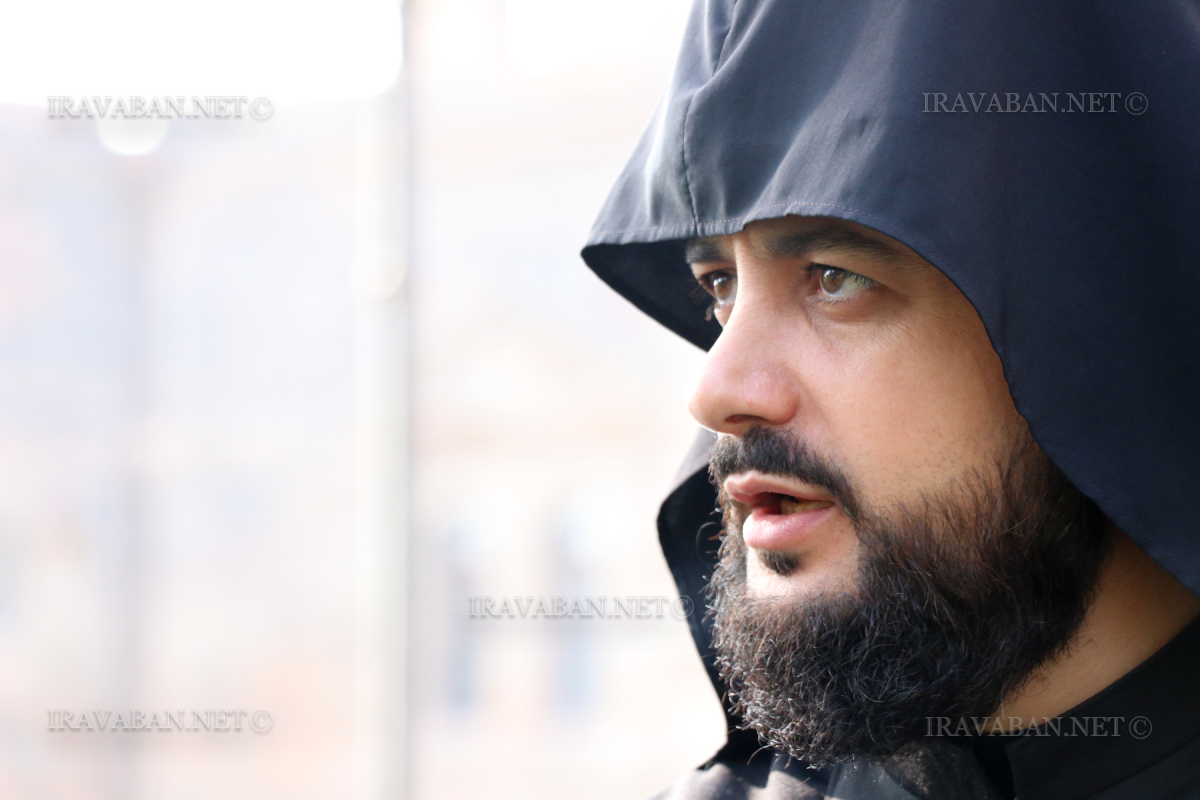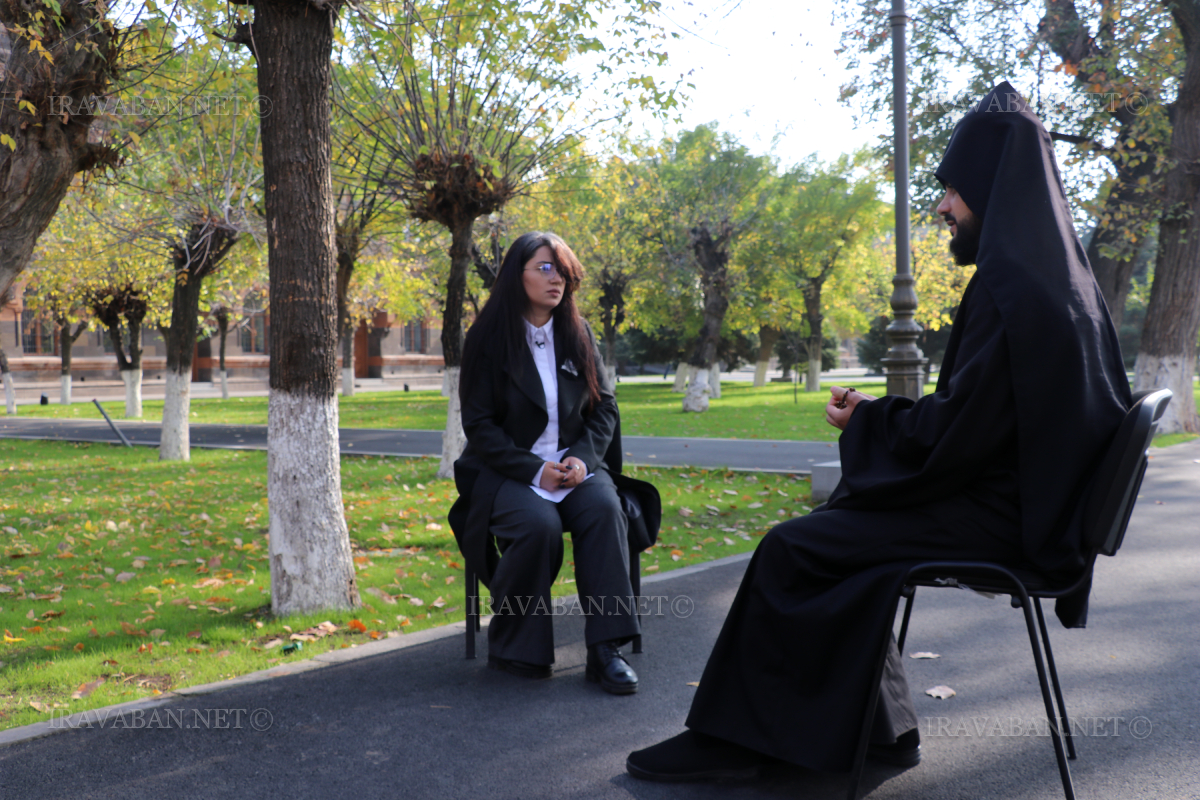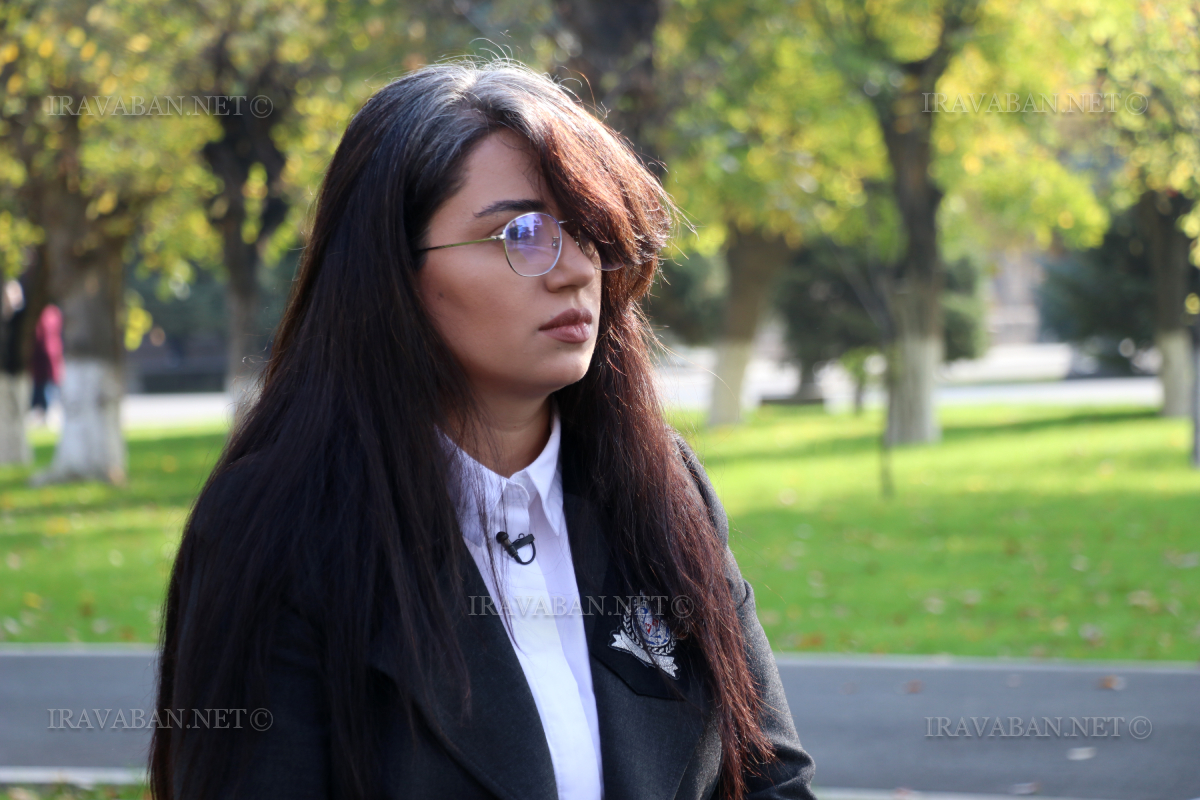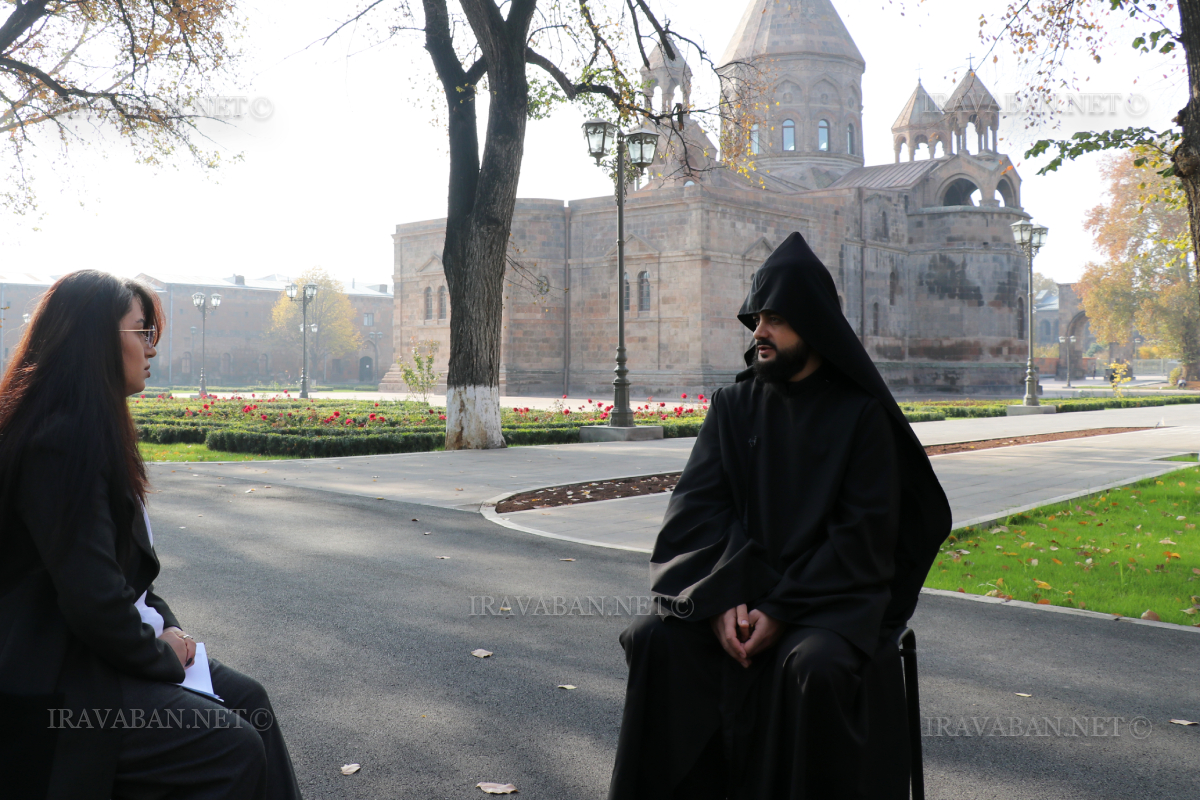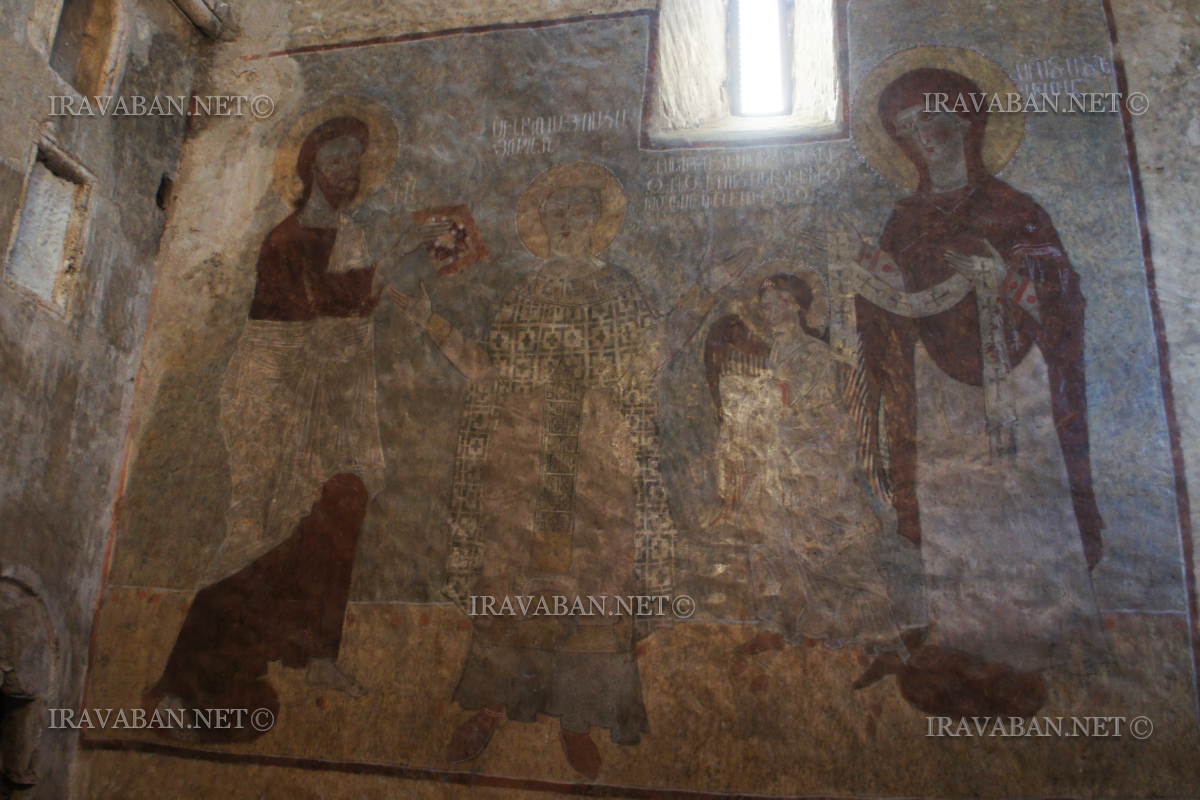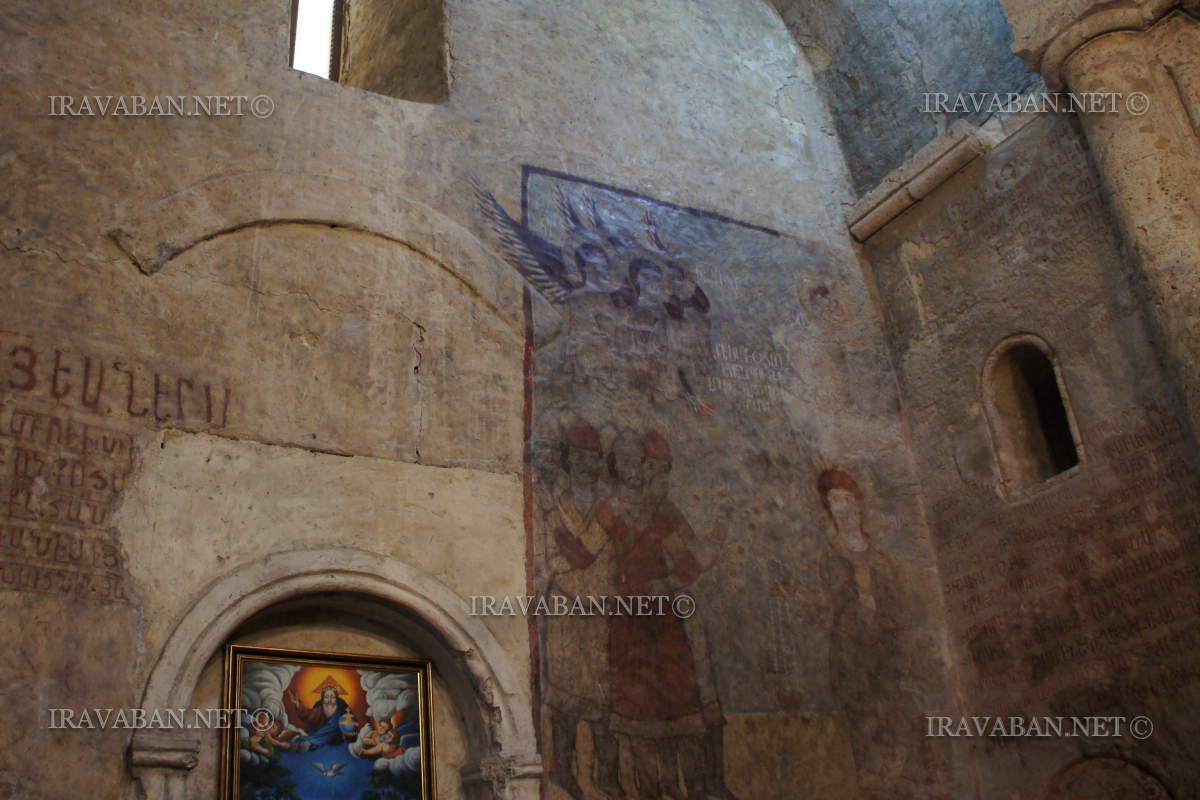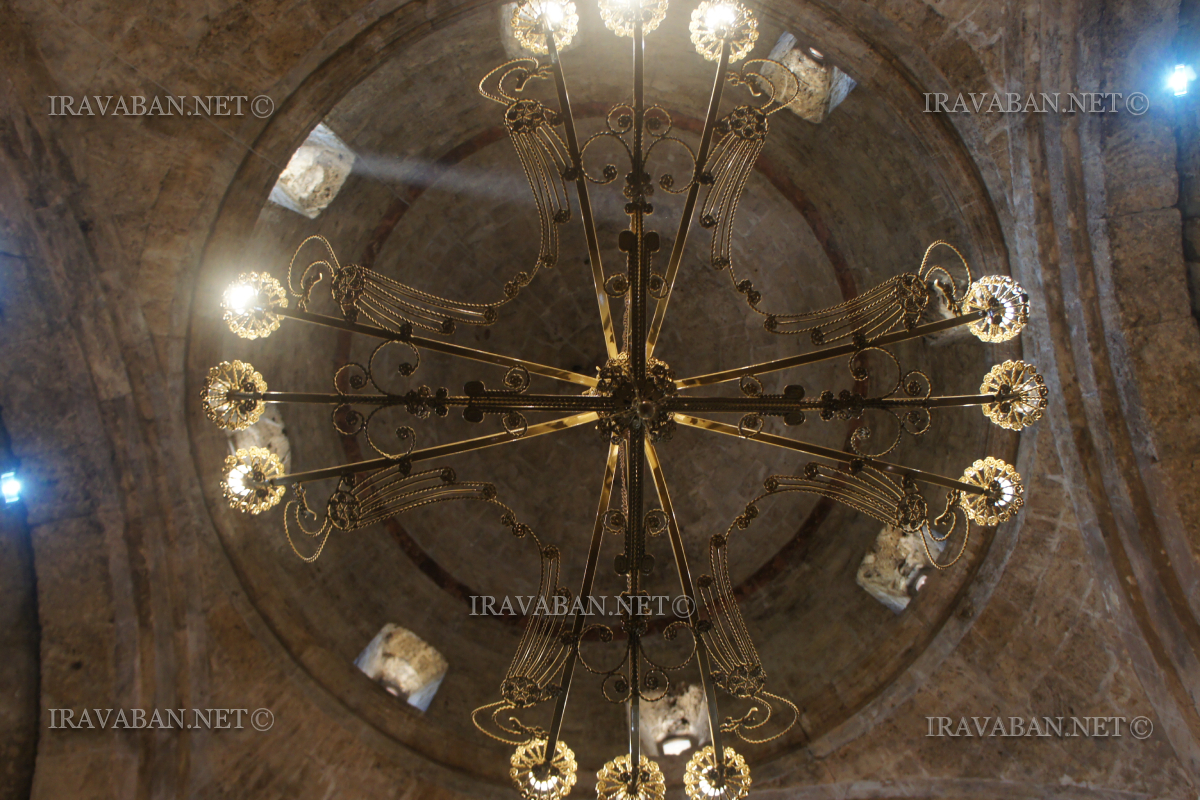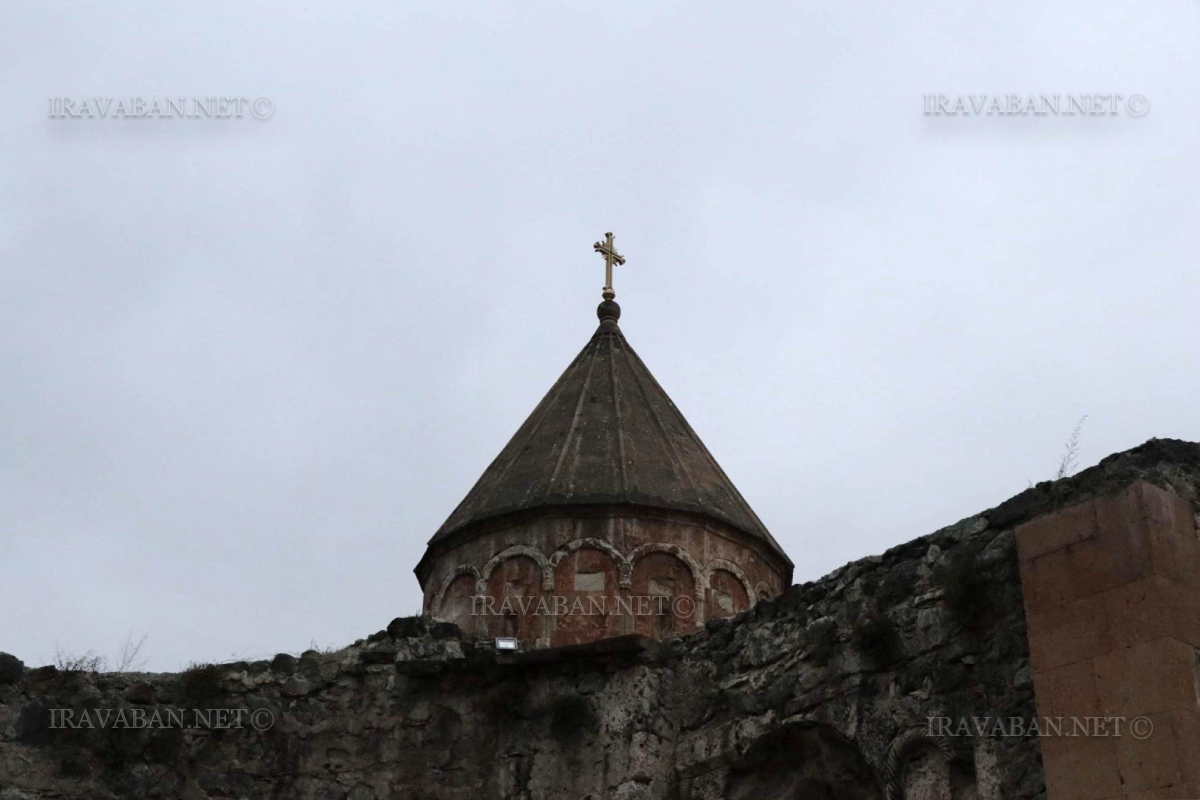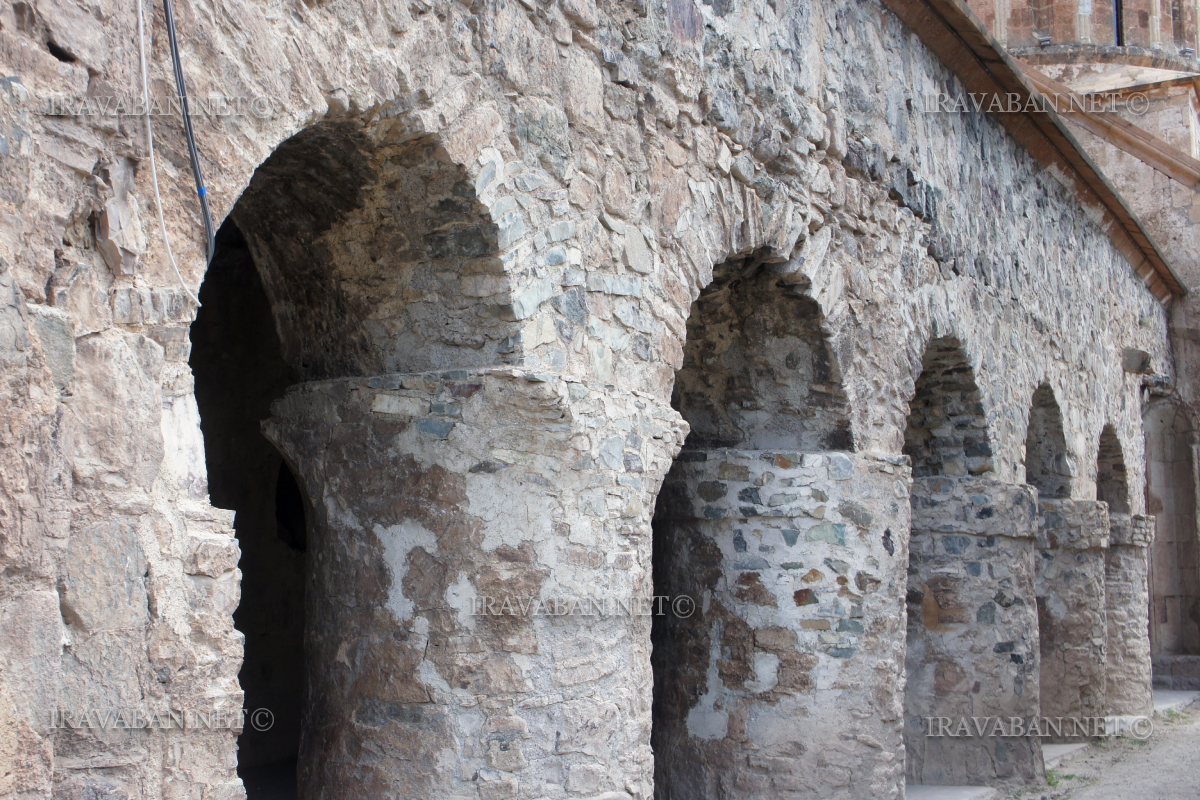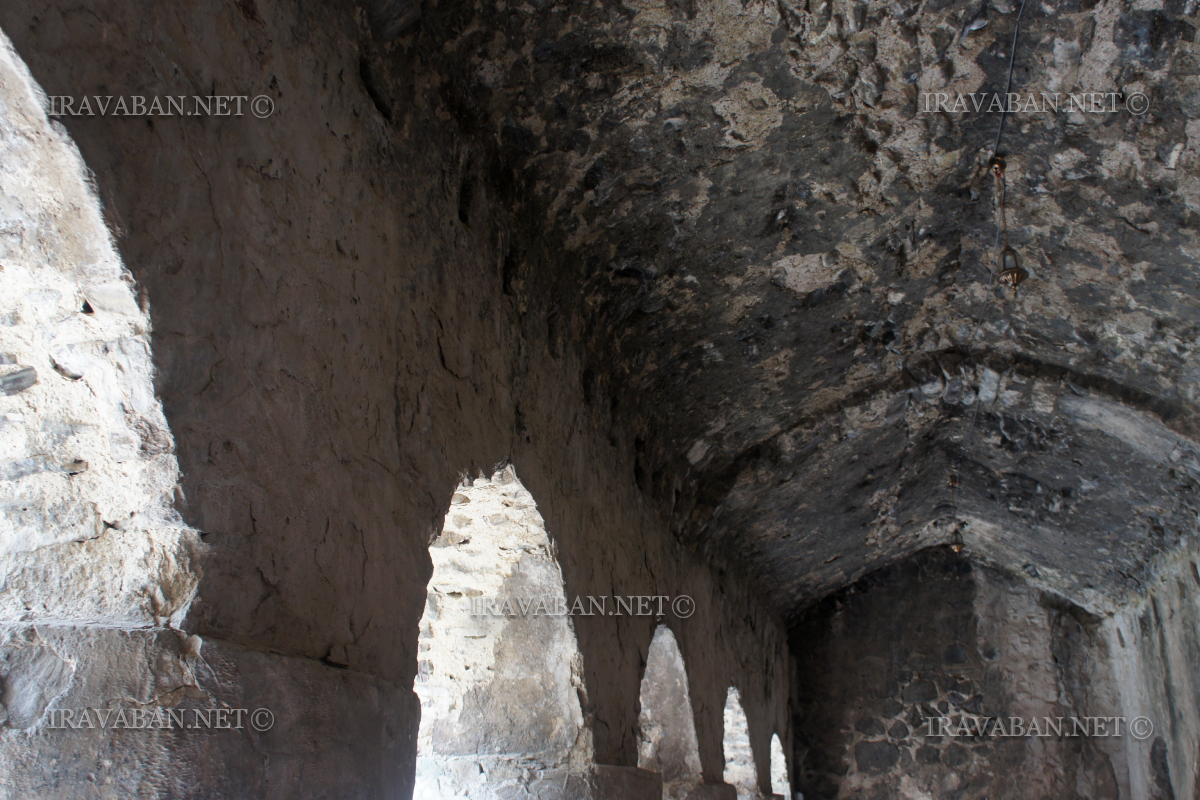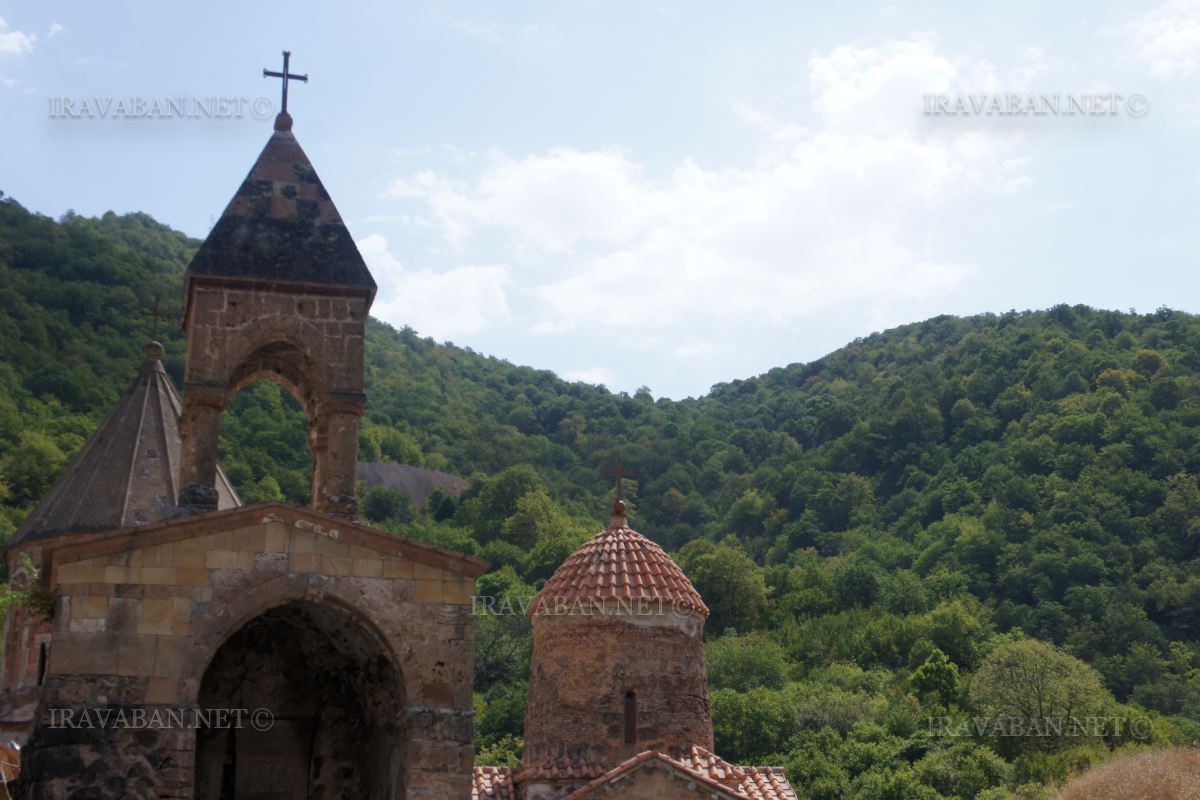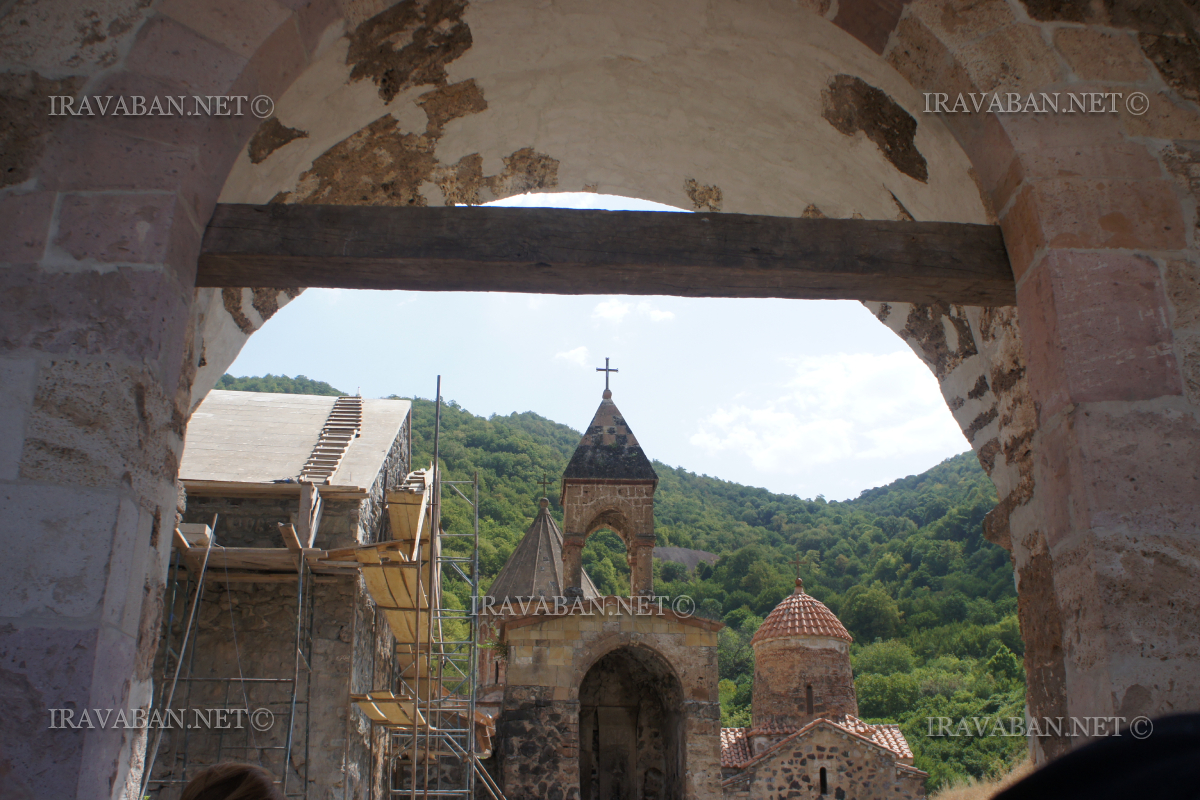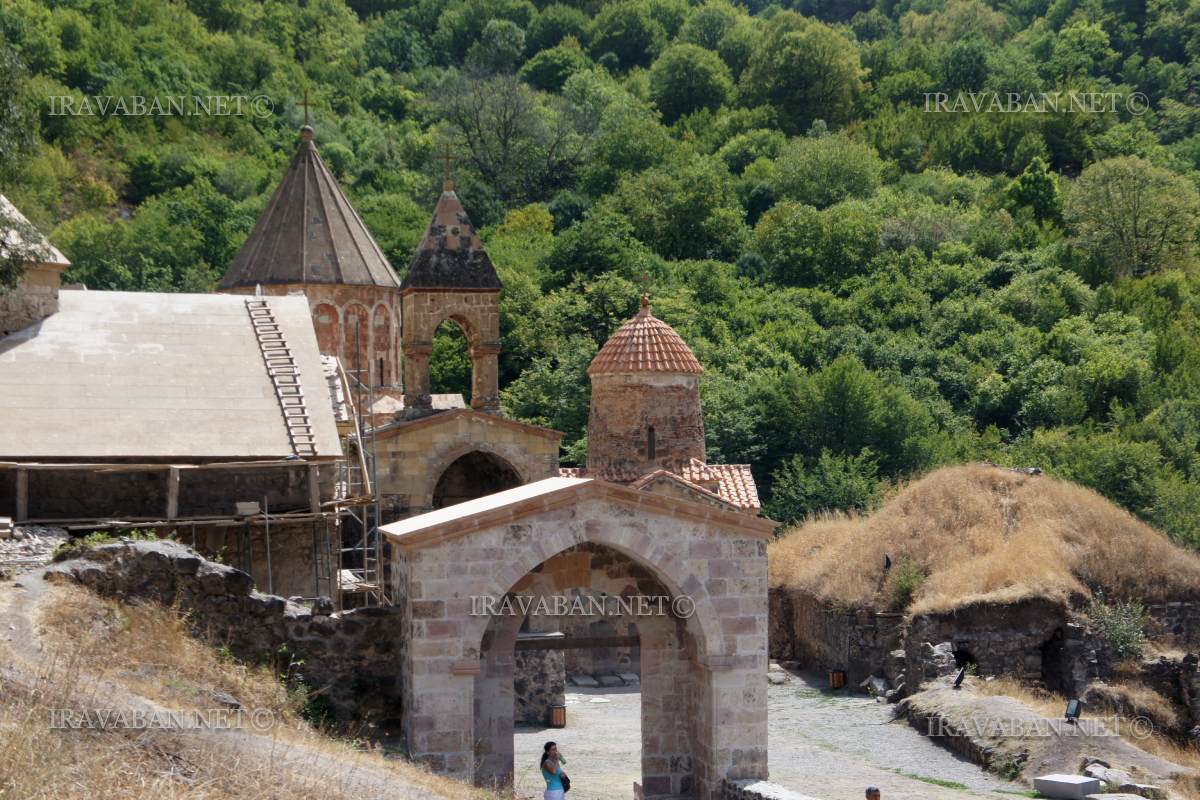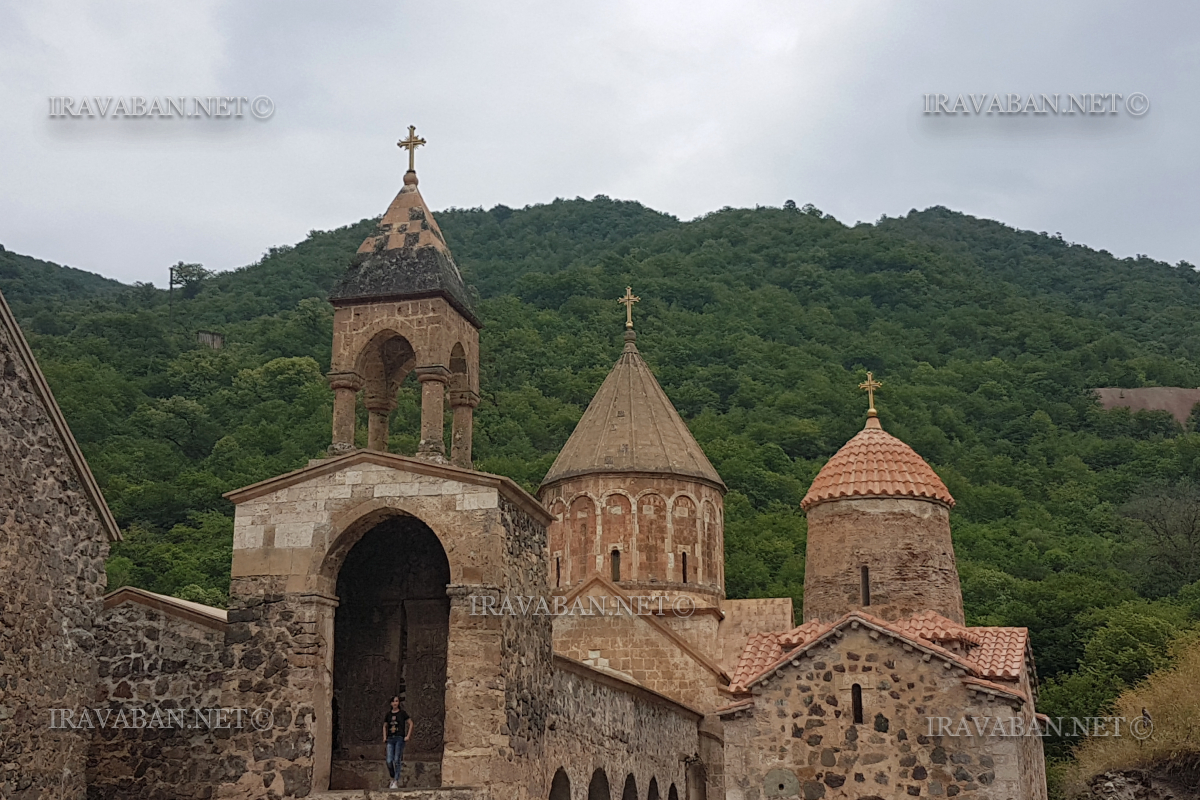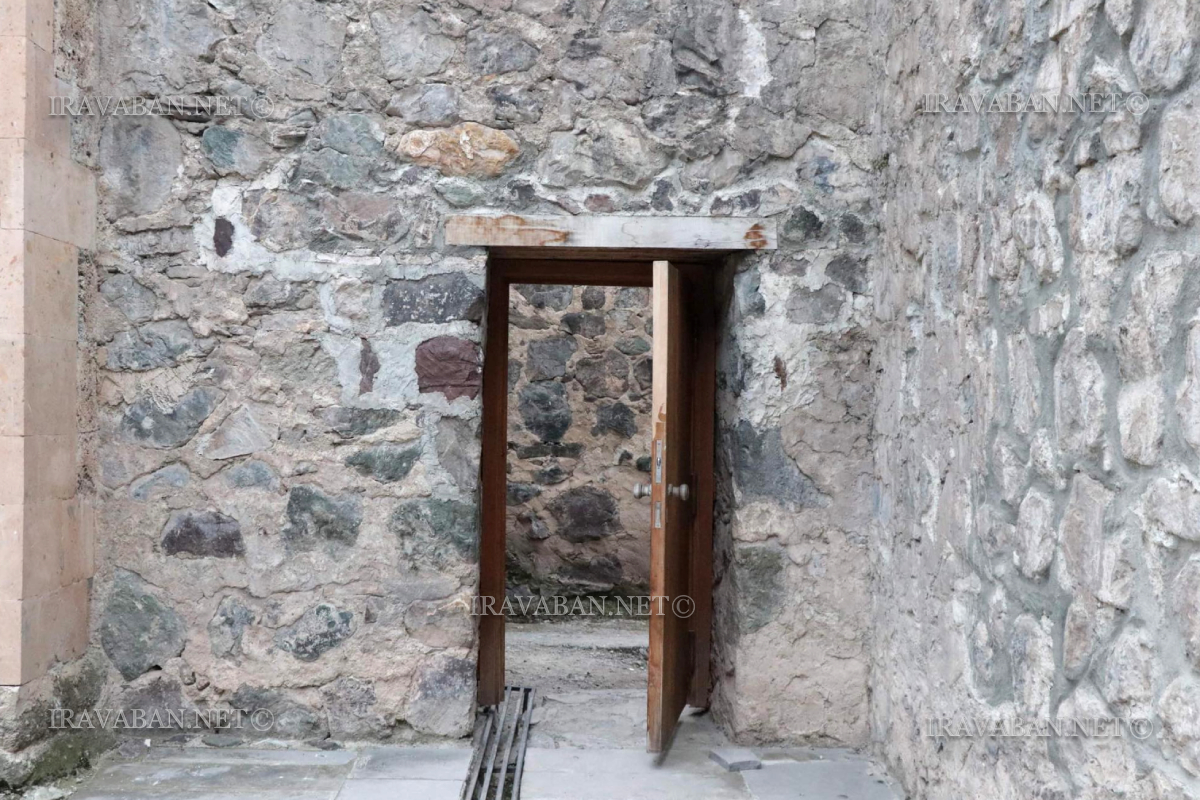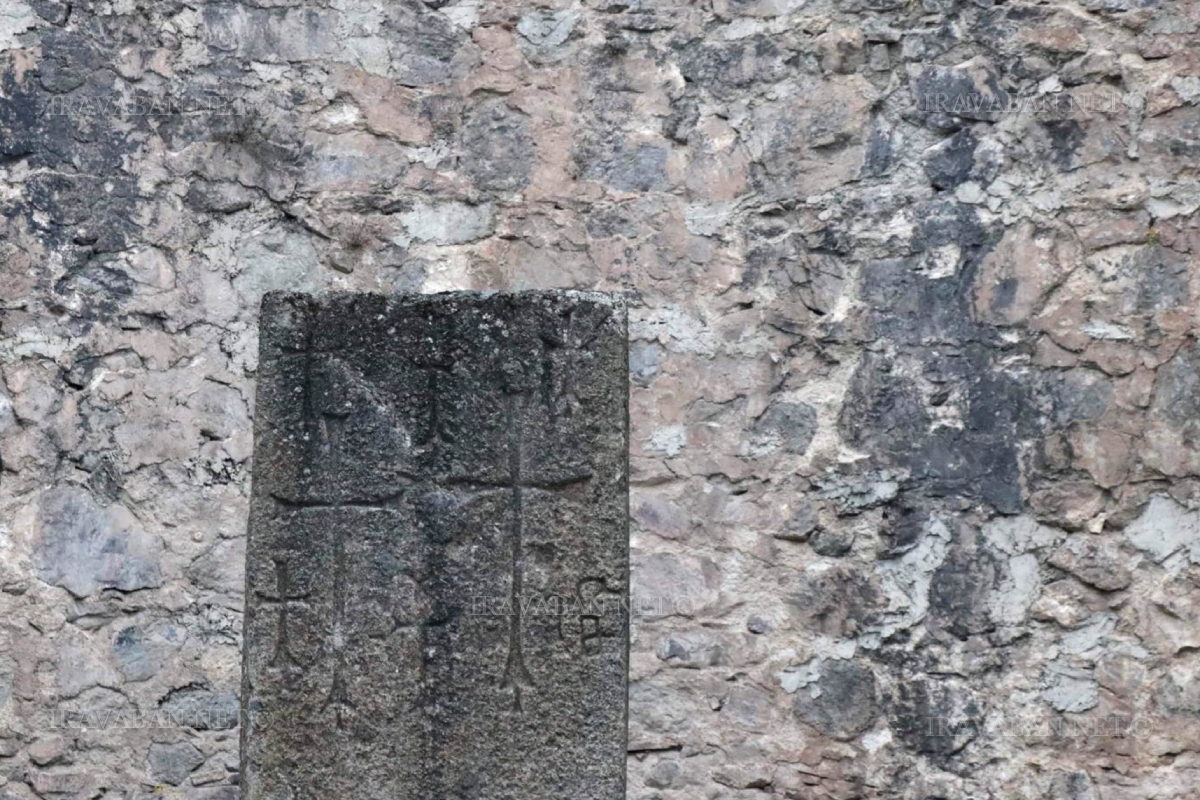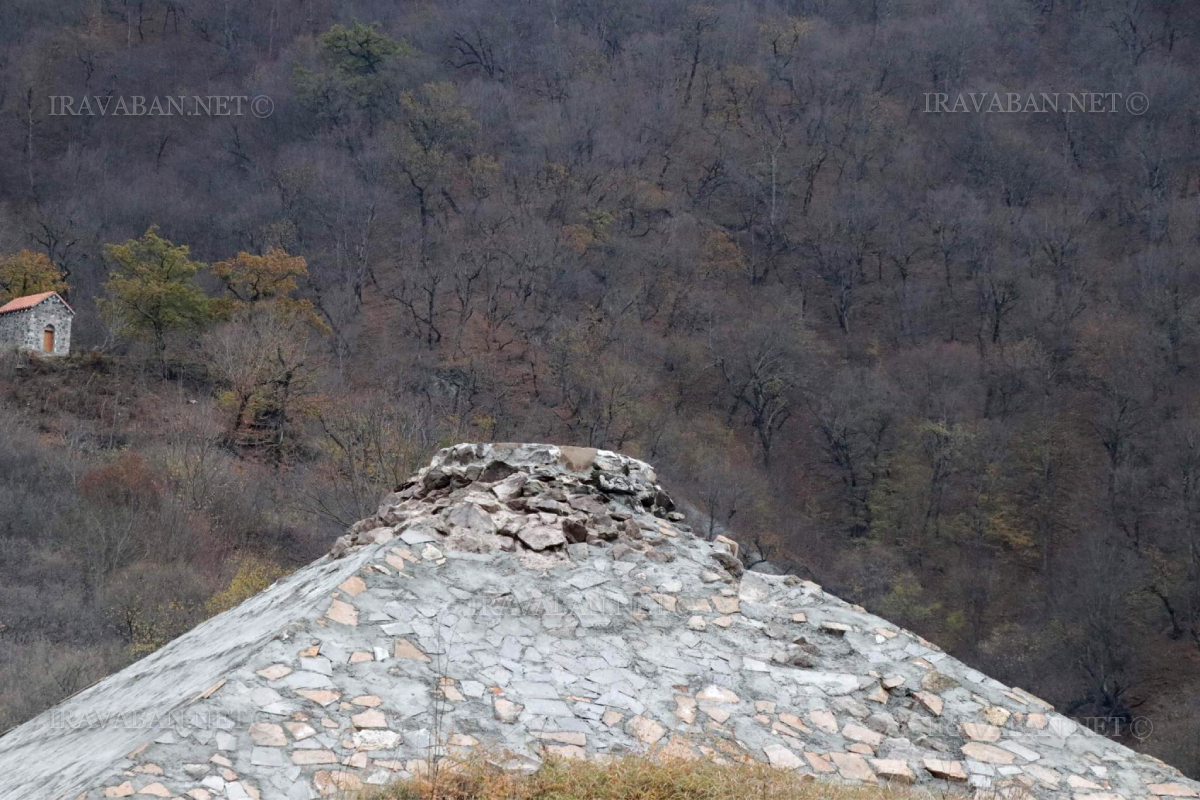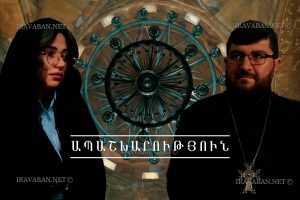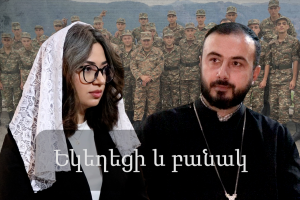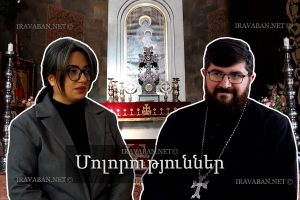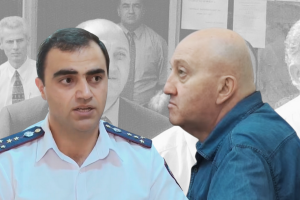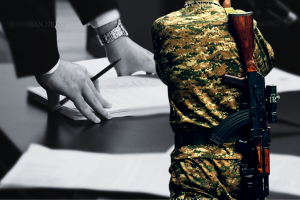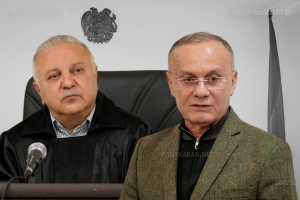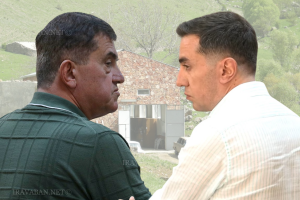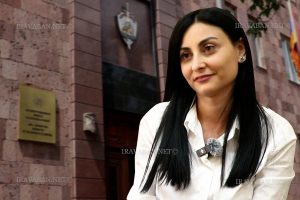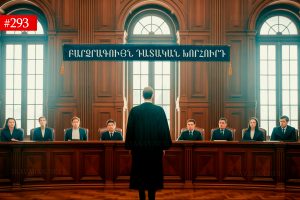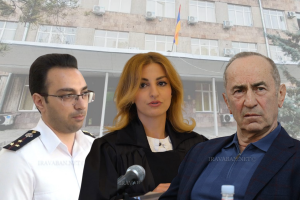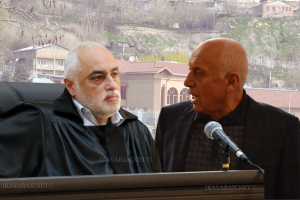“Dadivank was an undigested piece. I don’t consider myself the last abbot”. Father Derenik Abegha Sahakyan
Within the framework of “The Church and the Law” series of interviews, Iravaban.net talked about Dadivank, which is under the jurisdiction of the Artsakh Diocese of the Armenian Apostolic Holy Church and is a historical and cultural asset/memorial, as well as other historical and cultural values of Artsakh and their loss, consciously loving the homeland, Father Abbot of Dadivank of the Armenian Diocese of Artsakh Derenik monastic Sahakyan.
– I would ask to present your spiritual path and state the reasons for choosing celibacy.
– Celibacy is a difficult path at first sight, but at the same time it has a counsel in it, because the church is for you as a family, as a child, as a home and the mission of your life is to keep, preserve, strengthen that home, that strength, that the love that you should put for your family, you should put for your church and blessed are those who are able to fulfill that holy mission. And each of us, despite our shortcomings, tries to do as much as possible what is given to us, what is inherited to us.
– Holy Father, please tell us about Dadivank, which is a medieval monastic complex, the tradition related to the establishment of the monastic complex, the churches and buildings that are part of the monastic complex, as well as the council of law.
-Dadivank is one of the miraculous monuments of our Artsakh world. When you look at the Dadivank complex, you realize that it was once a flourishing and powerful monastery. There was a library, there were guest houses for guests, and there were large halls where meetings were held. There is also a pantry, which shows that the church had a lasting and active life. It is confirmed by history and documents that they had huge estates. The origins of Dadivank come from older times, when the apostles Thaddeus and Bartholomew came to Armenia and according to the order, they had their disciples who were supposed to spread the Christian light and Dadi was one of the disciples of the apostle Thaddeus who preached in that region, in the Karvachar region. When Dadi was martyred, a wooden shrine was later built there, and later churches were built. It is often said that the architecture of Dadivank is not Armenian, but we can compare many Armenian churches and understand that it contains the spirit and breath of true Armenian architecture. When the Karvachar region was liberated in 1993, we found Dadivank in the status of a stable. A fire had been lit inside, all the walls were covered with water, and the monastery had reached the last point of despondency. This shows that the monastery had no value for them. There were simply walls in which domestic animals were kept. When we cleaned those faded pages of history, the soot, we realized that we have a miraculous structure. Dadivank is also known to us for an important episode from history: Mkhitar Gosh. When he was working on the famous Datastanagirk (Book of Law), he secluded himself for some time in Dadivank to write his work. There are two important points here. The first is that Mkhitar Gosh found the monastery where he could separate himself and had the opportunity to create. The second important point is that Dadivank was an Armenian church. If there was another church, naturally Mkhitar Gosh would not have chosen that monastery.
– Why did the Azerbaijani propaganda machine target Dadivank and present it as a Udiyan church?
– Because Dadivank was preserved at the request of the Catholicos of All Armenians. Since Karvachar surrendered, Dadivank remained like an island. And this, so-called, was an undigested piece for the Azerbaijanis, and they tried everything to find a way to remove the breath of an Armenian clergyman from Dadivank.
– You performed a spiritual service in Dadivank. Will you explain in detail what books you were reading, how you conducted liturgies in the depopulated Karvachar and whether Armenian pilgrims visited the monastery complex?
– There was a chain of happy days in Dadivank. And I do not consider myself the last abbot. Dadivank is waiting and must have many abbots. Armenian abbots should be there and Armenians should pray in their church. This is my belief, sprinkled with hope. And church life was very pleasant. The doors of the church have always been open so that those who wish to come pray and light their candle in the Armenian church. When it came to reading, there was not much left, but Raffi’s volumes remained. There was an opportunity to read them once more. I read “Khamsa Melikdoms” more deeply. Those who want to know the history of Artsakh and where the Azerbaijanis came from and settled in Artsakh, we can find the answer to these questions from the writings of the eyewitness. The book describes the construction of the Shushi fortress. Dadivank is described. It talks about Amaras. And you understand that Artsakh was completely Armenian at that time. Hundreds of churches are a clear testimony. If Armenians did not live in Artsakh, then who built the Armenian churches?
– Will you present a behind-the-scenes story related to your service in Dadivank.
– An interesting incident happened when I saw an Armenian pilgrim for the first and last time and after that I did not see another Armenian pilgrim for a year. We had decided to perform mass on Dadi’s grave that day, it was a gloomy day and we were worried that we would not be able to perform the mass outdoors if it rained. We were looking forward to the visit of our pilgrims. When they came, we went to church, and not only I or the deacons noticed this, but the Russian peacekeepers themselves talked about it. It was cloudy, but during the two-hour liturgy there was sweet sunshine. The liturgy ended and after half an hour it started to rain. It seems that nature has become happy with us.
– What monasteries and monuments did we leave in Artsakh, operating under the jurisdiction of the Artsakh Diocese of the Armenian Apostolic Holy Church and being of historical and cultural value?
– We left ourselves in Artsakh, our identity. Our history, our holiness. On the way, when I looked at the khachkars (cross stones), what should happen to them? What dreams did those who laid those khachkars have, what hopes did they have? What did the builders of these churches think? After all, they did it so that the Armenian would pray. We live, but I am sure that a conscious Armenian lives considering himself lost, because he stayed there. It doesn’t matter where you were born. Homeland is everyone’s birthplace. We do not want someone else’s land, we do not want someone else’s church, we want ours. And I do not want to use the word the “loss” of Artsakh. It is just that we are physically separated at the moment.
– What is the immortality advice of our bright young people who gave their lives for Artsakh and Artsakh Armenians?
– It hurts our hearts, when we read the history of our Armenians, yes; we saved our land with our blood. Our mountains are pale green, but they were painted more red. And our mighty Armenians, girls and boys, were a part of the Artsakh liberation war. They went for the sake of the motherland, for the sake of sanctity; they went to protect their border, to protect their share of the sky. At the same time, they kept us. And we can never consider what they did as past, no, if we exist today, they already exist, because it is because of their past that this day exists. Those guys watered our Armenian soil so that our garden and plot would not dry up.
– How should one consciously love the motherland?
– Love is a noun, but we have to turn it into a verb. To love means to act. Love for the motherland is directly proportional to love for a child, love for a parent. When, in practice, you do not express love, you do not show that dedication, and then it is in vain. Perfect love is the love that Christ gave his life for us all. And the motherland is our greatest love. We need to deeply know who we are. This is where the whole secret comes from. When you do not know who you are, yes, you can fall into different currents, different ideas.
– What is the role of the Holy Armenian Apostolic Church in spreading patriotism and state defense?
– The Armenian Church has never excluded itself from any page of Armenian history, because if we talk about the Armenian Church, we are talking about the Armenians. Who are those clergymen, if not Armenians? We have been the defenders of our spiritual frontier for centuries.
– What is justice?
– Freedom.
– What is morality?
– Correct perception and use of kindness.
– What is faith?
– Strength, life.
– To what extent are justice, morality and faith interrelated?
– If you do not do good with your free will, you can never be a valid person, and that is why these three are united, when you look at the pillars of justice, morality and faith that you can create: create, as a valid person, and leave your path in this world.
Details in the video.


